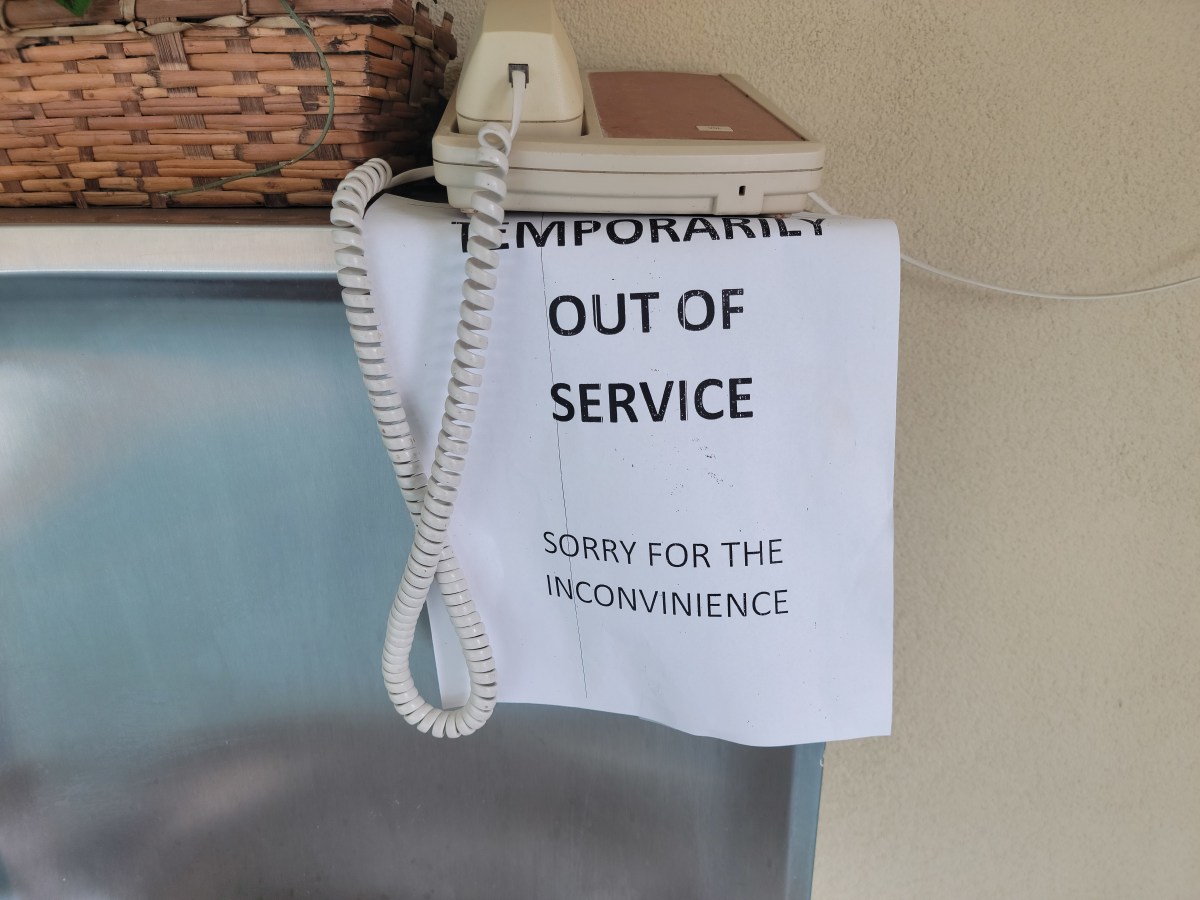These four charts show where AI companies could go next in the US
No one knows exactly how AI will transform our communities, workplaces, and society as a whole. Because it’s hard to predict the impact AI will have on jobs, many workers and local governments are left trying to read the tea leaves to understand how to prepare and adapt.
A new interactive report released today by the Brookings Institution attempts to map how embedded AI companies and jobs are in different regions of the United States in order to prescribe policy treatments to those struggling to keep up.
While the impact of AI on tech hubs like San Francisco and Boston is already being felt, AI proponents believe it will transform work everywhere, and in every industry. The report uses various proxies for what the researchers call “AI readiness” to document how unevenly this supposed transformation is taking place.
Here are four charts to help understand where that could matter.
1. AI development is still highly focused in tech hubs.
Brookings divides US cities into five categories based on how ready they are to adopt AI-related industries and job offerings. To do so, it looked at local talent pool development, innovations in local institutions, and adoption potential among local companies.
The “AI Superstars” above represent, unsurprisingly, parts of the San Francisco Bay Area, such outliers that they are given their own category. The “Star AI Hubs,” on the other hand, include large metropolitan areas known for tech work, including Boston, Seattle, and Miami.
2. Concentration of workers and startups is highly centralized, too.
The data shows that the vast majority of people working with AI and startups focused on AI are clustered in the tech hubs above. The report found that almost two-thirds of workers advertising their AI skills work there, and well over 75% of AI startups were founded there. The so-called “Star AI Hubs,” from the likes of New York City and Seattle down to Columbus, Ohio, and Boulder, Colorado, take up another significant portion of the pie.
It’s clear that most of the developments in AI are concentrated in certain large cities, and this pattern can end up perpetuating itself. According to the report, though, “AI activity has spread into most regional economies across the country,” highlighting the need for policy that encourages growth through AI without sacrificing other areas of the country.
3. Emerging centers of AI show promise but are lacking in one way or another.
Beyond the big, obvious tech-hub cities, Brookings claims, there are 14 regions that show promise in AI development and worker engagement with AI. Among these are cities surrounding academic institutions like the University of Wisconsin in Madison or Texas A&M University in College Station, and regional cultural centers like Pittsburgh, Detroit, and Nashville.
However, according to Brookings, these places are lacking in some respect or another that limits their development. Take Columbia, South Carolina, for example. Despite a sizable regional population of about 860,000 people and the University of South Carolina right there, the report says the area has struggled with talent development; relatively few students graduate with science and engineering degrees, and few showcase AI skills in their job profiles.
On the other hand, the Tampa, Florida, metropolitan area struggles with innovation, owing in large part to lagging productivity of local universities. The majority of the regions Brookings examined struggle with adoption, which in the report is measured largely by company engagement with AI-related tools like enterprise data and cloud services.
4. Emerging centers are generally leaning toward industry or government contracts, not both.
Still, these emerging centers show plenty of promise, and funders are taking note. To measure innovation and adoption of AI, the report tallies federal contracts for AI research and development as well as venture capital funding deals.
If you examine how these emerging centers are collecting each, it appears that many of them are specializing as centers for federal research, like Huntsville, Alabama, or places for VC firms to scout, like the Sacramento area in California.
While VC interest can beget VC interest, and likewise for government, this may give some indication of where these places have room to grow. “University presence is a tremendous influence on success here,” says Mark Muro, one of the authors of the report. Fostering the relationship between academia and industry could be key to improving the local AI ecosystem.




